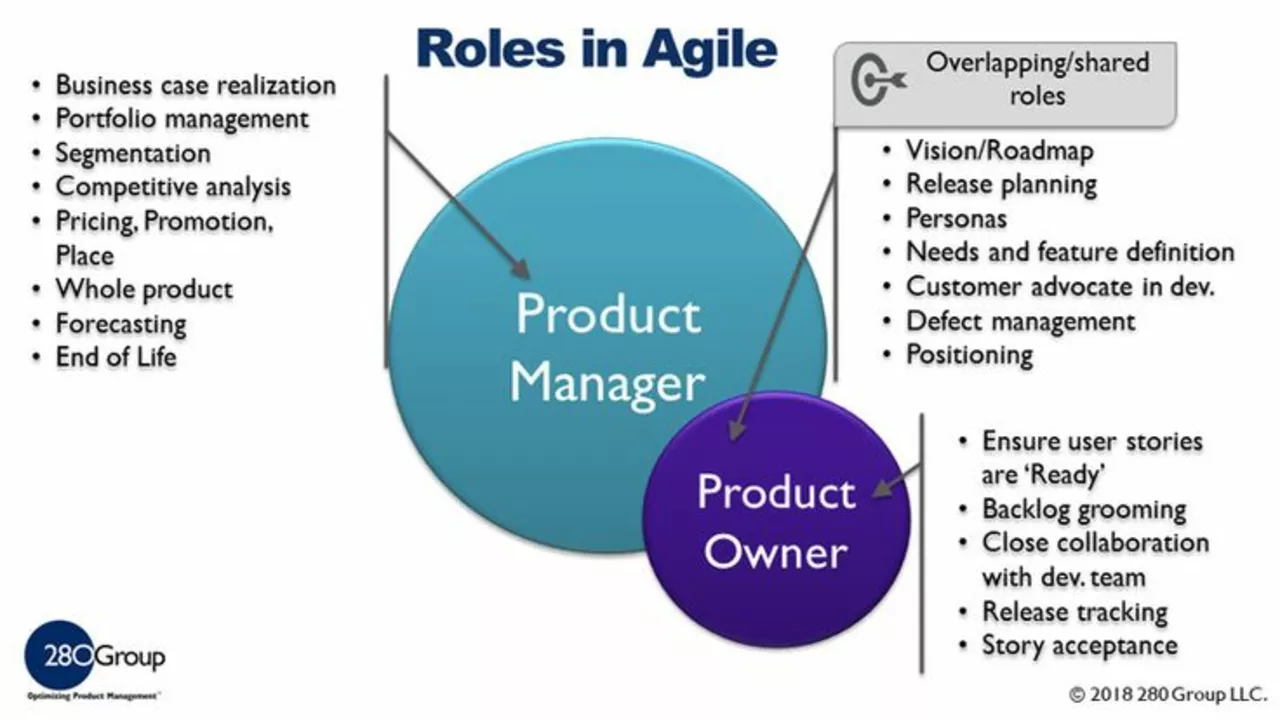High prolactin levels can quietly ruin fertility, libido and menstrual cycles. If you’ve got unexplained periods stopping, milk from the breasts, or low sex drive, a simple blood test for prolactin often gives the answer. This page helps you understand what causes hyperprolactinaemia, how doctors check it, and what actually works to treat it.
The most common cause is a tiny benign pituitary tumour called a prolactinoma. Other causes include certain medicines (especially some antipsychotics and anti-nausea drugs like metoclopramide), hypothyroidism, chest injury or surgery, and pregnancy. Stress and intense exercise can raise prolactin a bit, but large or persistent rises usually come from one of the causes above.
Men and women both get it, but symptoms show up differently. Women tend to notice missed periods and trouble conceiving; men notice low libido or erectile issues. Older people may have vague tiredness or headaches if the pituitary tumour presses on nearby structures.
Typical symptoms are menstrual irregularities, galactorrhoea (milk production not related to breastfeeding), infertility, reduced libido, and sometimes headaches or vision changes. Your GP will order a fasting blood test for serum prolactin. If it’s mildly raised, they’ll check for macroprolactin — a harmless form that can give false highs. If levels are clearly high, an MRI of the pituitary is the next step to spot a prolactinoma.
Expect other tests too: thyroid function (because low thyroid can raise prolactin), and medication review. If you’re pregnant or breastfeeding, that changes interpretation and treatment decisions.
Treatment depends on cause and symptoms. If a medication is the problem, switching drugs often fixes things. If a prolactinoma is present or levels are high and causing symptoms, drugs called dopamine agonists are the first-line treatment. Cabergoline and bromocriptine lower prolactin, shrink tumours, and restore periods and fertility for most people.
Cabergoline is usually preferred because it works well and has fewer side effects; bromocriptine is an alternative, especially in pregnancy planning. Surgery to remove the pituitary tumour is reserved for people who can’t tolerate medication, who don’t respond to drugs, or who have urgent pressure on the optic nerves. Radiotherapy is rarely used today.
Lifestyle measures are simple but helpful: check medications with your doctor, manage stress, and avoid excessive chest stimulation. If you want to start a family, treatment often restores fertility quickly — your specialist will advise timing and monitoring.
When should you see a doctor? Get checked if you have unexplained breast milk, missed periods, trouble conceiving, sexual problems, severe headaches or vision changes. Early testing is low-cost and can prevent long-term issues.
Hyperprolactinaemia is usually treatable and often reversible. With the right tests and treatment — especially dopamine agonists — most people regain normal hormone function and quality of life.

In my latest blog post, I explored the role of nutrition in managing hyperprolactinaemia, a condition where there is an excess of prolactin hormone in the blood. Through my research, I discovered that certain dietary changes, such as reducing refined sugar and processed food intake, can help maintain hormonal balance. Additionally, incorporating foods rich in Vitamin B6, zinc, and magnesium can aid in managing symptoms. I also highlighted the importance of a balanced diet and regular exercise in overall hormone regulation. Don't miss out on these valuable tips and insights to help manage hyperprolactinaemia through proper nutrition!
Explore how fibromyalgia and autoimmune disorders intersect, covering shared symptoms, immune mechanisms, diagnosis tips, treatment overlap, and the latest research findings.
In my latest blog post, I delve into the complex world of Alzheimer's Type Dementia, breaking down its progression into specific stages. I discuss the early signs, which may be as subtle as mild forgetfulness, to the more severe stages that can involve significant memory loss and confusion. I also touch on the emotional journey for both the patient and their loved ones as they navigate this challenging condition. It's a tough topic, but understanding what to expect can help us provide the necessary support and care. I hope this post brings some light to the often misunderstood progression of Alzheimer's.
Discover how regular exercise works with vitamin D and calcium to fight rickets, boost bone density, and keep children's skeletons strong and healthy.
Explore how clopidogrel works for carotid artery disease, its clinical evidence, comparisons with other antiplatelets, and practical tips for patients and doctors.
This article offers an in-depth exploration of Sildalis, a combination therapy of Sildenafil and Tadalafil. It sheds light on the medical benefits, potential side effects, and the recommended dosages of this treatment. Furthermore, it provides guidance on how to safely obtain a Sildalis prescription online, empowering readers with essential knowledge for making informed health decisions.